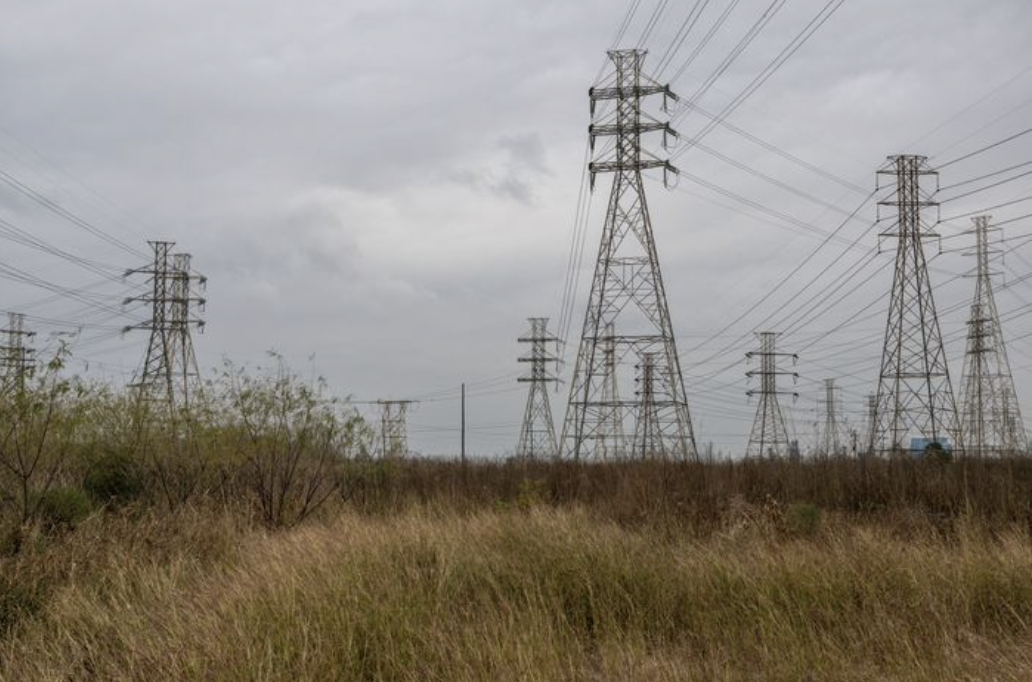By: The Editorial Board – wsj.com – May 26, 2023
How many warnings does it take before the Biden Administration wakes up to the risks from its climate policies to the U.S. electric grid? The latest came this month from the North American Electric Reliability Corporation (NERC), and please pray the wind keeps blowing.
NERC’s summer reliability assessment forecasts that no less than two-thirds of the U.S., including most everyone living west of the Mississippi River, could experience power outages. Texas and most of the Midwest should have enough power to meet demand—assuming they don’t experience any sizzling hot and still summer days.
Texas last summer narrowly averted a power outage by leaning on businesses to curtail operations. The state has since added enough solar to power about 200,000 homes. But demand has grown by even more, and the sun doesn’t shine at night. NERC forecasts a 19% probability of a grid emergency at 8 p.m. Do Texans feel lucky?
One new variable this summer is the Environmental Protection Agency’s recently finalized Good Neighbor Plan, which requires fossil-fuel power plants in 22 states to reduce NOx emissions. NERC predicts power plants will comply by limiting hours of operation but warns they may need regulatory waivers in the event of a power crunch.
The EPA claimed the rule wouldn’t jeopardize grid reliability, but then why would power plants need waivers to prevent blackouts? The Fifth Circuit of Court of Appeals this month stayed the rule in Texas, Louisiana and Mississippi. But it continues to be a wild card in determining whether the lights stay on in the Midwest and West.
Another growing concern is glitchy solar plant inverters, which convert DC to AC power. These have caused solar plants in California and Texas to experience concurrent outages when there has been a problem somewhere else on the grid. Solar plants have “exhibited systemic performance issues,” NERC recently warned.
Faulty solar inverters can amplify minor grid problems and trigger widespread power outages. But fixing the glitches requires a software update, which NERC reported in December was still in the “study phase.” Such technical problems could become a bigger threat to grid reliability as solar generation grows across the country, NERC warns.
Speaking of the sun, California’s grid is poised to weather this summer better than last year owing to more abundant hydropower from winter storms. However, if there’s a heat wave, California would need to import more power from other states—beyond the enormous amounts that it already does—after the sun goes down.
If neighboring states are strapped too—for instance, because the EPA won’t let them run coal plants all-out—Californians could be stuck. Better buy an emergency generator while stores still have them.
One state that hasn’t learned from California’s green-energy folly is New York. A new state regulation will force 627 megawatts of gas and oil “peaker” plants—which can rapidly ramp up to provide power in a pinch—to shut down this year. That’s enough to power 470,000 homes. This year’s state budget requires the New York Power Authority to retire all peaker plants by 2030. New York plans to compensate by building more offshore wind farms, but they face permitting challenges and don’t provide reliable power.
The NERC report is an alarm about the Biden Administration and states moving full-speed ahead on the green-energy transition. Maybe when the power does go out, they will stop hitting snooze.
To see this article in its entirety and to subscribe to others like it, please choose to read more.
 Listen Online
Listen Online Watch Online
Watch Online Find a Station in Your Area
Find a Station in Your Area








 Listen Now
Listen Now Watch Online
Watch Online
